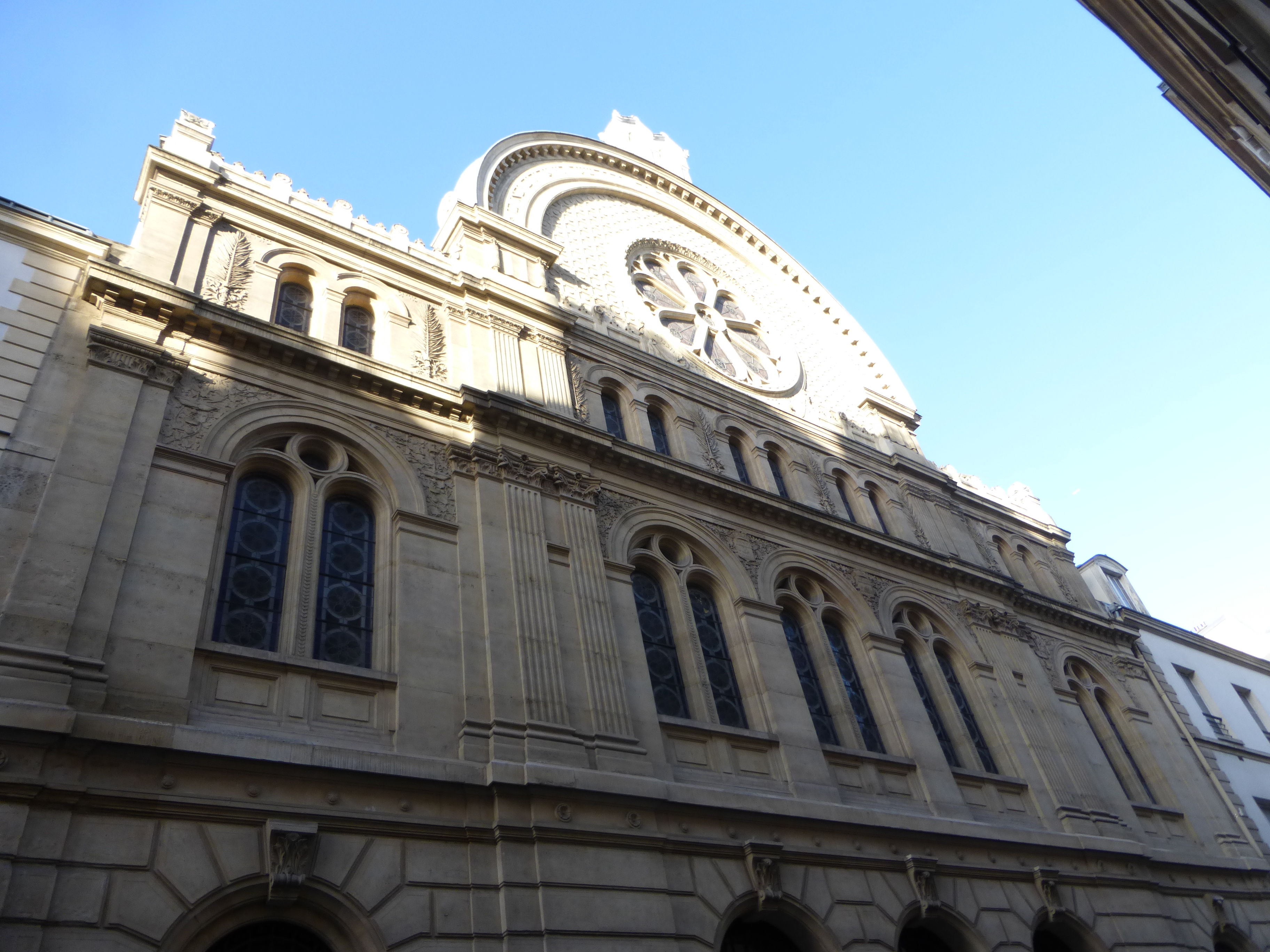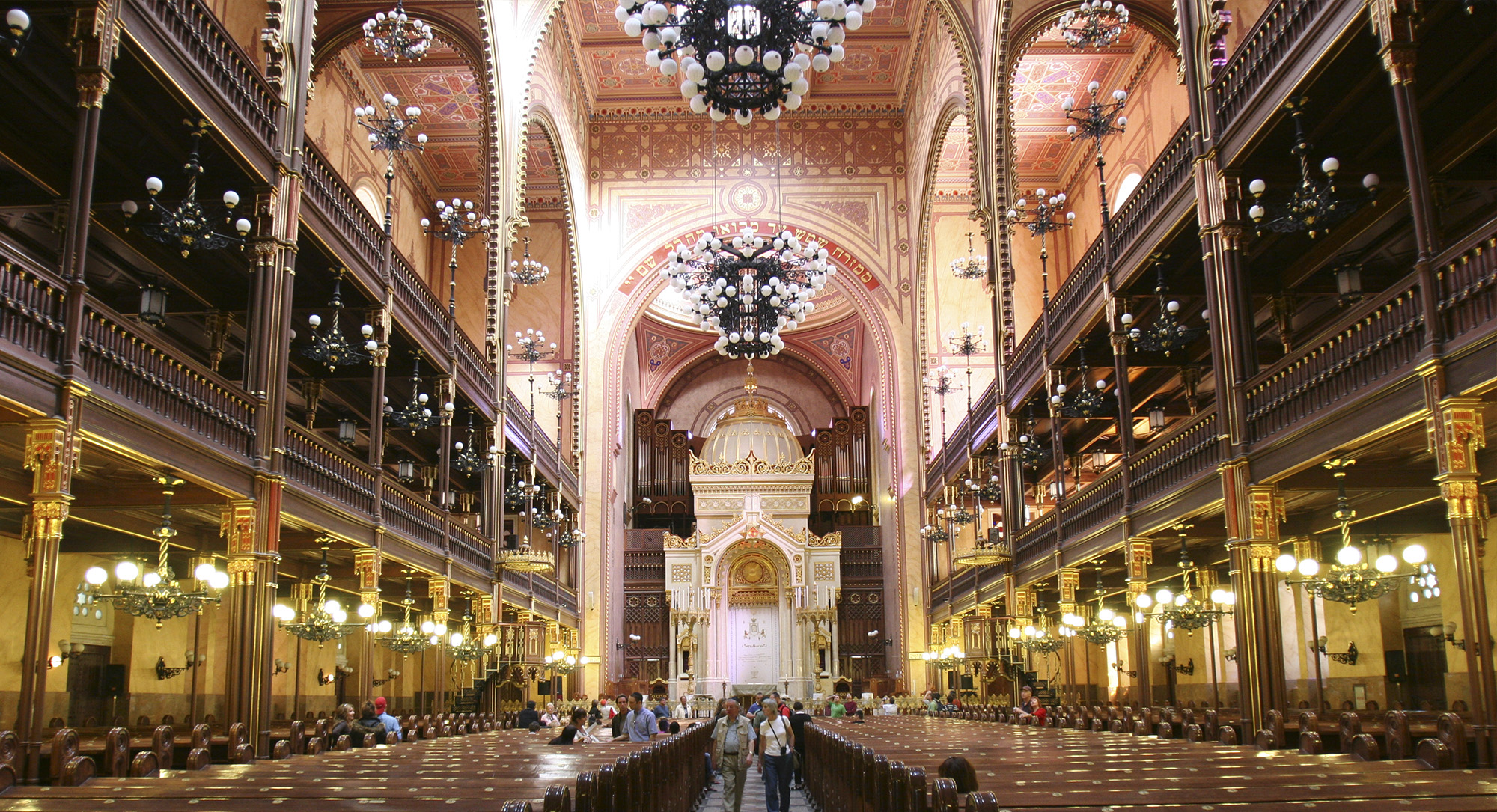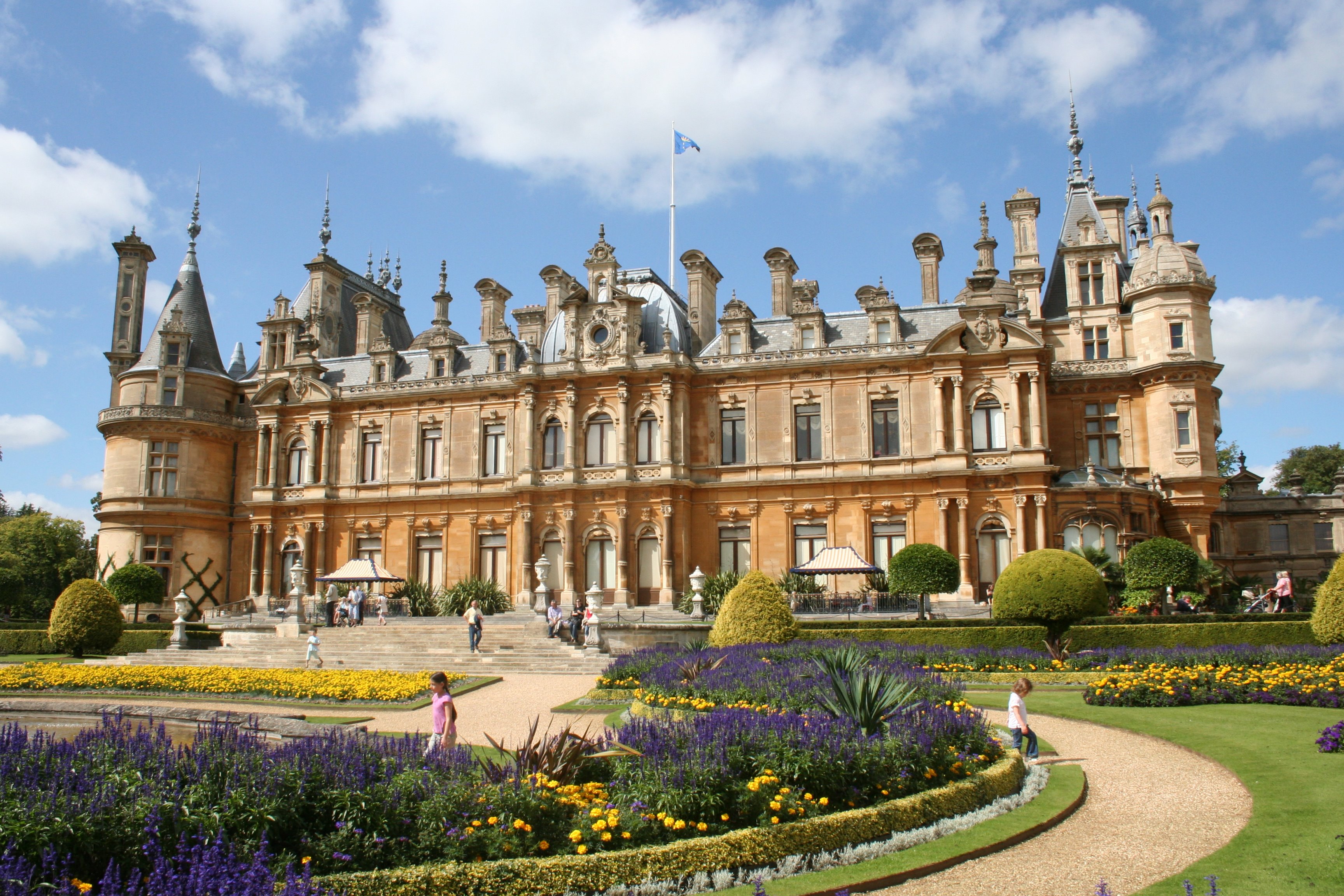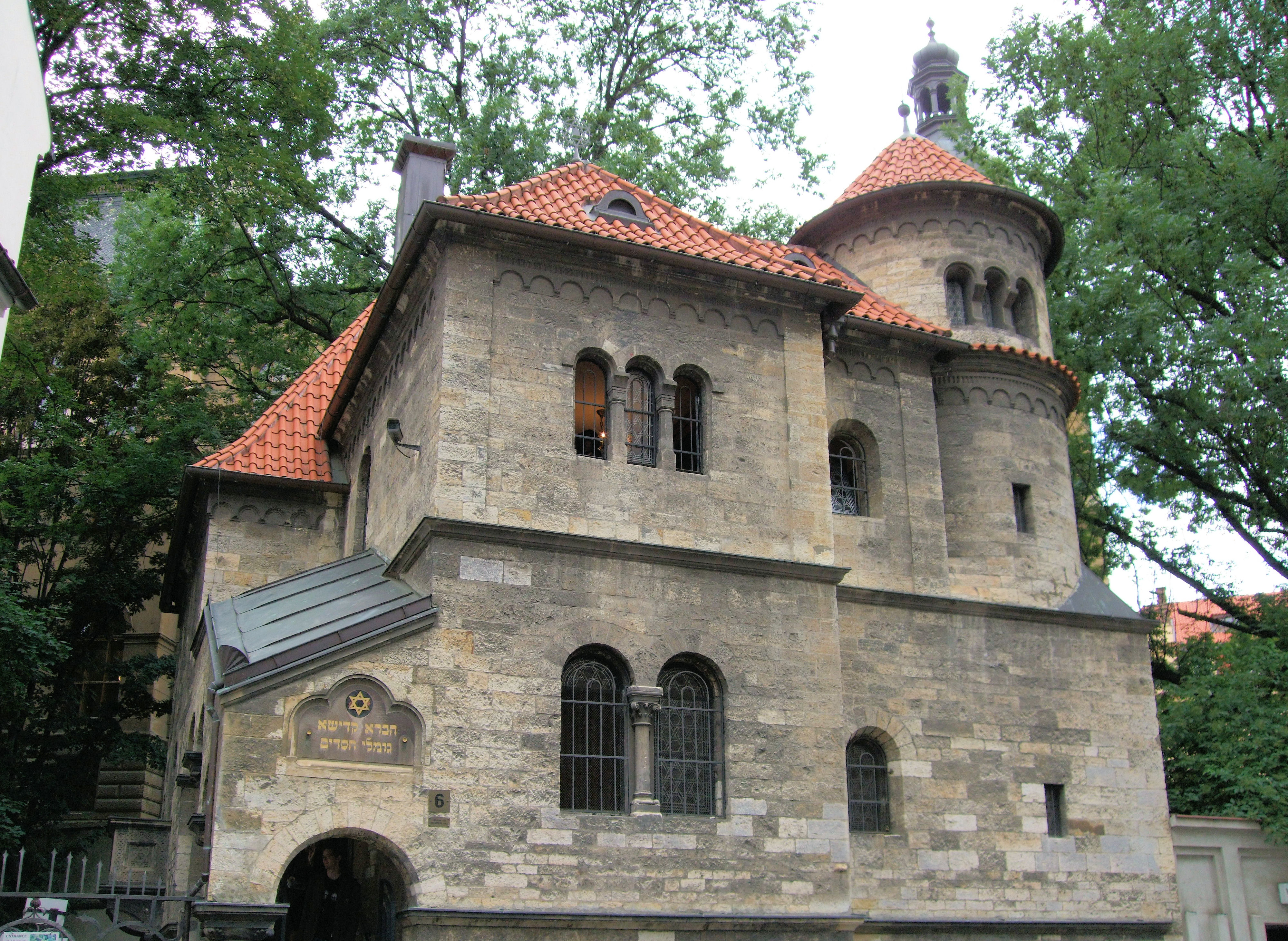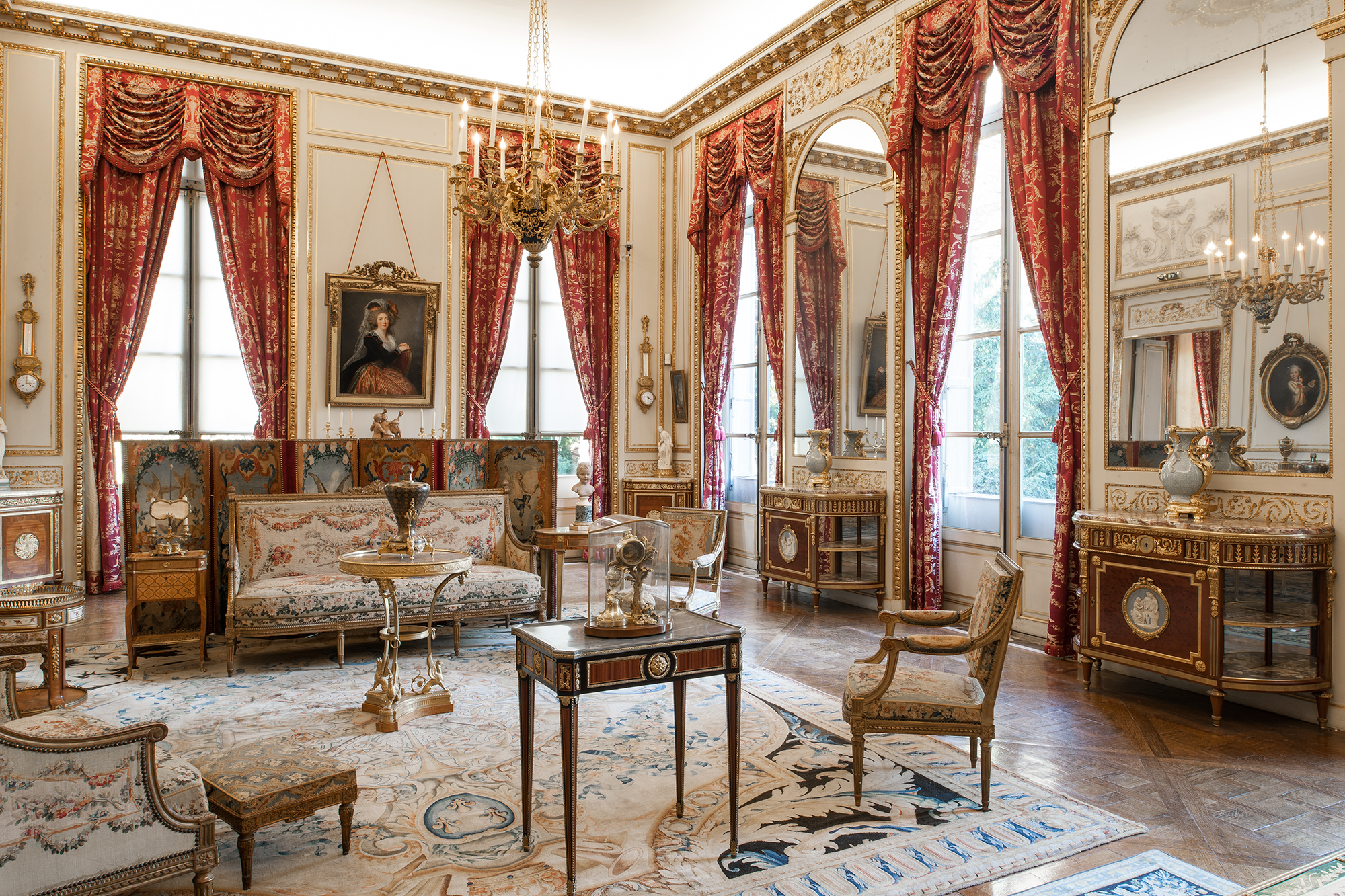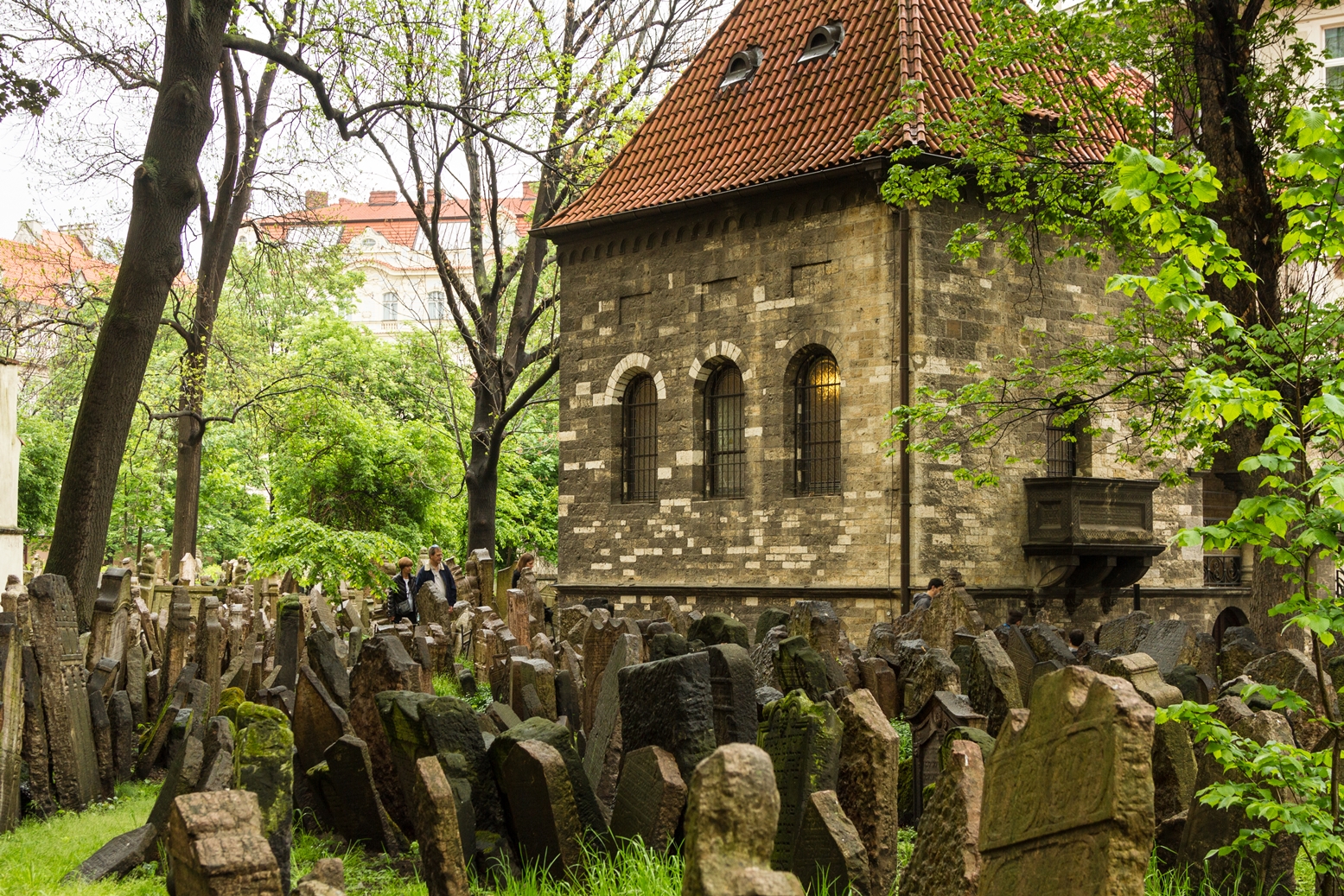The Jewish community in Belgium, which counts close around 30,000 Jews, is the fourth largest in Europe, active in the fur, financial and diamond industries. About 20,000 Jews live in Brussels, and 15,000 inAntwerp. Small Jewish communities exist in Charleroi, Oostende, Gent, Liege, Mons, Arlon and Knokke.
It is believed that Jews followed the path of the Roman legions in Belgium in the years 53-57 A.D. In the 13th and 14th centuries, Jews settled in Belgium after having been expelled from England and France. Another wave of immigration to Belgium came in the 15th century when the Jews were expelled from Spain and Portugal.
Educated and sometimes quite wealthy, Marranos (converted Jews) settled in Antwerp at the end of the 15th and the beginning of the 16th centuries, holding an important economic and financial role there. (Between 1650 and 1694 a secret synagogue conducted services in Antwerp.)
The Jewish population in Belgium grew slowly in the 18th and 19th centuries, emigrating mainly from France, Germany and Holland. After 1880, Jews also emigrated from Eastern Europe. Sephardic Jews came also from the Ottoman Empire before the turn of the 19th century. In fact Belgium, and especially Antwerp, was seen as a stop to the “Goldene Mediene.”
With the arrival of German refugees in the 1930s, the Jewish population in Belgium reached its peak, with close to 70,000 Jews. Belgium was occupied by Nazi Germany between May 1940 and September 1944, and anti-Semitic policies were adopted throughout Belgium, even though popular resistance in some cities hindered their full application. Belgian local police rounded up Jews, on three occasions in Antwerp, assisting the German in fulfilling their murderous policy towards the Jews.
Approximately 45% of the Belgian Jews (25.484 people) were deported to concentration camps from Dossin Barracks in Mechelen, primarily to Auschwitz. Only 1,200 of the deportees survived the war. The Committee for Jewish Defense, which worked with the national resistance movement Front de l’Indépendance, was the largest Jewish defense movement in Belgium during the war. Some Belgium Jews who fled Belgium in 1940 were deported on transports from Drancy, France. A total of 28,900 Belgian Jews perished between 1942 and 1945. Belgium was the only occupied country in which a transport (Train XX) was halted to give deportees a chance to escape.
After World War II, rebuilding the Jewish communities was the first and main goal of those who survived the Holocaust. These communities consisted of those who hid successfully during the war and the 1,207 who returned from the camps. Other concentration camp survivors and displaced people, who never had lived in Belgium before, joined them.
Jewish Heritage in Brussels
For first-time visitors to Brussels, our tour kicks off with a visit to the elegant Belgian Jewish Museum, located in a 19th century town house containing a beautiful collection of religious objects, art and artifacts, dating back to the 16th century. Not only does the museum present many textiles and ritual objects from the Jews of the Diaspora, but it also has recreated the atmosphere of the first modest shul created in 1946 as the Jewish community was rebuilding. Not to be missed are the fine works in the museum’s collection by such artists as El Lissitsky, Salomon Yudovin, Issachar Ryback, Marc Chagall, Ossip Zadkine, Chaïm Soutine and Manè-Katz. Following this visit, our tour continues to The National Monument to the Jewish Martyrs of Belgium. This impressive monument is located in the square is called ‘Square of the Jewish Martyrs.’ 23,838 names are inscribed on the monument’s wall, and our tour includes a visit to the small adjacent museum.
Also on the tour is a visit to the Great Synagogue of Europe, a neo-Romanesque building completed in 1878, designed by the Christian architect Desiré DeKeyser, with a tripartite facade marked by a rose window, two low towers and a peaked roof topped by the tablets of the Ten Commandments. (If you wish to visit the synagogue for services, please contact EJHT to set this up).
It is also possible to attend services at the Libéral Synagogue (Conservative Synagogue) in Brussels (a 20-minute taxi ride) from the downtown area. EJHT can arrange for tickets during the High Holidays. This synagogue is very popular with Americans visiting Brussels. Sephardic Jews, on the other hand, may prefer to attend services at the Simon and Lina Haim Synagogue, an elegant, modern temple built in 1970.
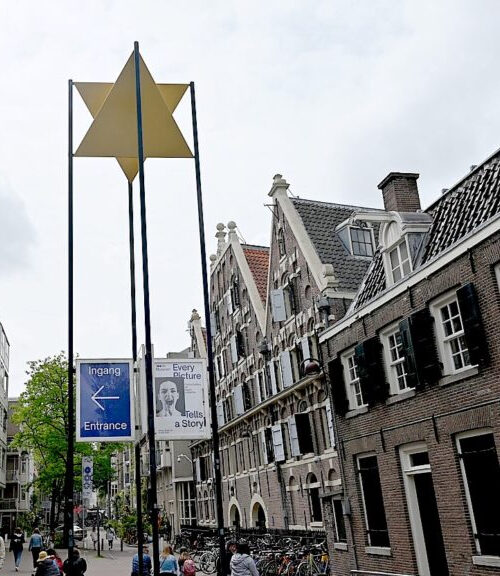
Jewish Heritage in Antwerp
Antwerp is home to about 20,000 Jews and remains one of the largest Orthodox communities in the Diaspora. Antwerp is one of the last places in the world where Yiddish is the primary language of a large Jewish community. Belgium has five Jewish newspapers and more than 45 active synagogues – 30 of which are in Antwerp.
With European Jewish Heritage Tours, you can take a walking tour of Antwerp that starts with the Central Station—declared on of the most beautiful train stations in the world. It is located in the heart of the Jewish quarter. You will then tour the hub of the Jewish quarter—notably the streets knows as Pelikaanstraat or Hovenierstraat—where you will discover kosher bakeries and restaurants, bookstores, and diamond dealers. Following a walking tour of the Diamond district, you will see the Sephardic Synagogue built in 1913.
A high point of any visit to Antwerp is a visit to the Red Star Line Museum
which tells the story of the Red Star Line shipping company and the story of its 2.6 million passengers. From 1870 onwards, huge numbers of Europeans started to migrate to North America. The new world was the Promised Land for those who were looking for a better life. Many people’s voyages to the United States and Canada started in a port warehouse in Antwerp. Between 1873 and 1934, there was an ebb and flow in Antwerp’s Eilandje District of migrants, tourists, adventurers and fortune-seekers from all over Europe. They boarded the Red Star Line’s ocean steamers at the Rijnkaai, for a journey to what they believed would be a better life. The Red Star Line passengers were mainly Eastern Europeans, as well as Germans and Belgians—and many of them were Jewish. A visit to this unique museum brings to life the story of those courageous immigrants who could have been your ancestors.
If you have another day in Antwerp, do play on a visit to the Dossin Barracks: The Memorial, Museum and Documentation Centre on Holocaust and Human Rights. During World War II, Dossin Barracks was known as Mechelen transit camp. It was operated by the Schutzstaffel and, between 1942 and 1944, 25,484 Jews and 352 Gypsies were transported through the complex to the concentration camps in the east. Two-thirds were killed upon arrival. The Museum covers the following aspects of the Final Solution in Belgium and Europe:
- The rise of the extreme right in Belgium and abroad in the 1930s,
- Anti-semitic policies imposed by occupying Germany,
- The Jewish resistance and hiding of children,
- The deportation of the Belgian Jews in convoys.
Fort Breendonk, a Nazi prison camp near Mechelen, is also open as a museum.
European Jewish Heritage Tours invites you and your family to discover other unique museums and monuments in Brussels, Antwerp and Bruges and to make arrangements through us for kosher meals and suitable hotel accommodations.
Belgium boasts some of the finest art in the world from the Flemish primitives in Bruges to the surprising and challenging works of René Magritte, James Ensor, and Delvaux. It is also known for its outstanding food and beer, and its generous hospitality. So the next time you visit Europe, think of spending at least a day or two in this little-known Northern country.
We look forward to hearing from you soon.
Feel free to write [email protected]
or click on our Contact page. An initial phone or Zoom consultation is free of charge.
Rachel Kaplan
President
